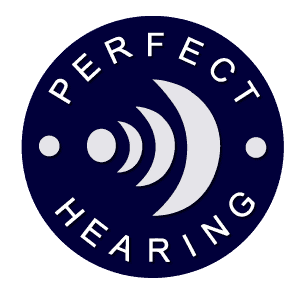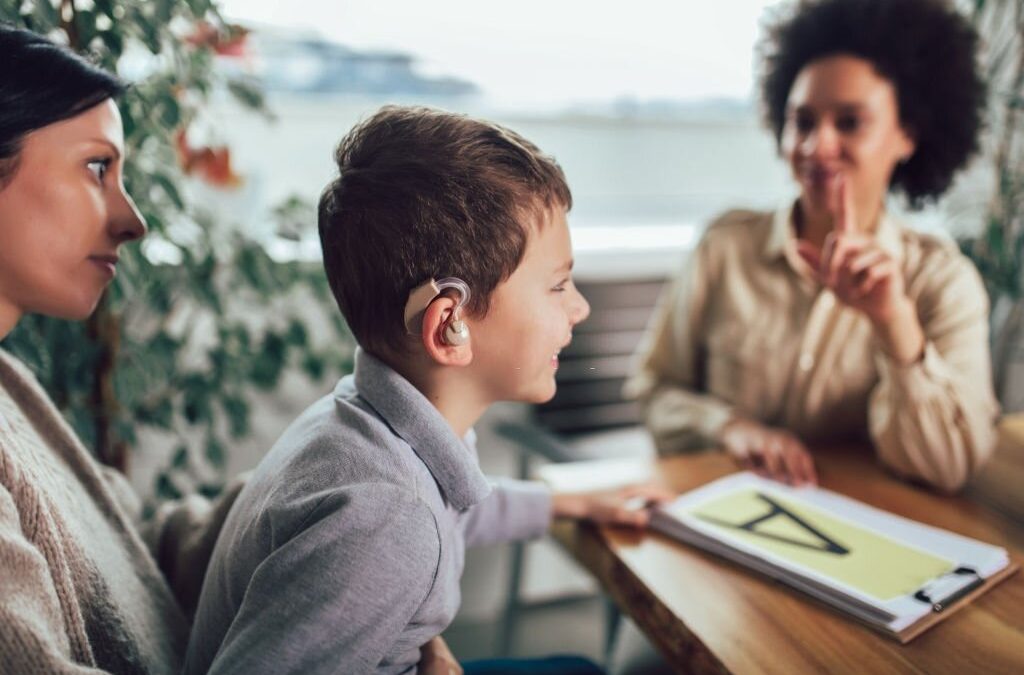There’s a common misconception that those who are living with hearing loss can’t learn languages. The common belief is that if you can’t hear and learn from what people say, how can you even speak? This is simply not true. Did you know it’s completely possible for those with hearing loss to learn languages — in fact, some deaf children can speak two languages!
Getting a hearing test is going to be the first step to making it as easy and as multi-dimensional as possible for those who are looking to learn a language. Once the hearing test is done and the hearing loss itself is understood (its severity), you can consider getting a hearing aid to help make the most out of any kind of residual hearing. Additionally, there are various types of hearing aids in Malaysia, so finding the right one for each learner is just about process and trial and error.
A word on listening and hearing loss
People without any hearing issues might not be able to understand this. However, to those who are hard of hearing and/or have hearing loss as a congenital defect, listening is hard work. Whether they get a hearing aid or something more permanent such as a cochlear implant, listening is not as simple as paying attention. It’s a physical job that must be learned and maintained throughout life.
How language therapy is thought to those with hearing loss
There are a few ways in which those with hearing loss or those wearing hearing aids can learn languages comfortably. The language options often most explored include:
1. Lip-reading
Lip-reading is not all about the person with the hearing difficulty simply reading lips and nothing else. While this is a learned language, it can also be combined with finger spelling or even cued speech (using letters with the hands by the mouth to help the hearing person distinguish between difficult words). Lip-reading is especially helpful for those who have a hearing aid in Malaysia, as it can be combined with a few other techniques and make for easier comprehension.
2. Sign language
From American Sign Language (ASL) to Conceptually Accurate Signed English (CASE) and beyond, there are many languages that rely on the use of visuals instead of vocals. For an infant with severe hearing issues, often the best combination could be learning a visual language first and then combining it with auditory and listening training later in life.
3. Gestures and auditory training
Whether it’s natural hand gestures or a form of sign language (the difference being generic body language and an official language itself), getting a hearing aid enables learners to pronounce words orally and also learn how to listen.
When it comes to someone learning a language, the first step is education. After a hearing test is done, the results (how much can be heard and how it affects the person’s quality of life) can be discussed with an ear specialist.
There are speech pathologists available to help recommend languages and to also make sure that someone who is transitioning into hearing loss can get proper education on their options to prevent a breakdown of communication over time.
Living with a hearing disability —regardless of the cause — doesn’t mean less communication. With a suitable hearing aid, it actually means more options for communication. Learning a language is just the same, whether it’s done verbally or visually: take it slow, be patient, and focus on repetition after repetition. For more information, feel free to get in touch with us.



